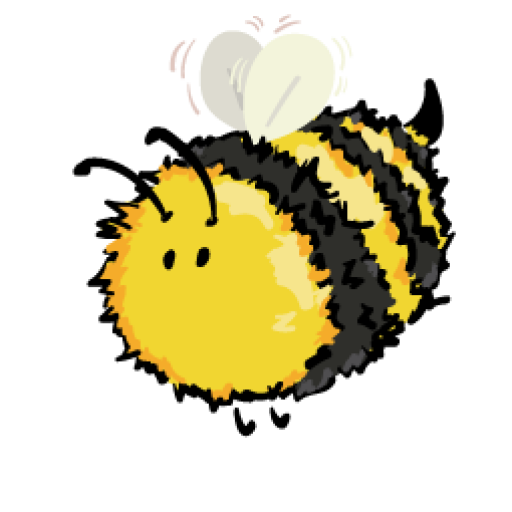
Spoiler: It’s Swedish for “That Way”… 🙂
I finally made my first sign for the woods. From a scrap of cedar milled by a friend, and some paint made from linseed+graphite. It’s in Swedish. Whatever else you know about me, you probably know that I am not Swedish, do not speak Swedish, and have never been to Sweden.
But in a sincere effort at “imitation is the sincerest form of flattery”, I based this sign on one found in the forest of Maria “Vildhjärta” Westerberg. I recently watched a film about Maria, and her attempt to rewild and replenish her bark-beetle afflicted spruce woods. Made monoculture by her grandfather, for the immediate gains of her mother’s generation…
“…And now comes the bill, to my generation and to the younger ones…”
The planet is tiny and the problems are shared. We see much of the same devastation here in Canada’s woods. Where the skin of many different trees blisters and weeps. Where so many of the ash, their branches like the tines of a fork, stand tall and bold and dead.
“They were supposed to live long after I have died, and they all started to die before me”
Fortunately, there is a lot of life in a dead tree. As both habitat and nursery. But, as I see it, only, only if we finally learn the lesson of diversity. When a forest is rich in species, it is rich in possibilities and resilience. Where oak and basswood and hop-hornbeam and hickory mingle, and cedars cultivate the edges, and young birch stand in the duff on the slope, until they fall and are replaced by the young maple who were waiting at their feet. Then, though many trees might die, the forest may yet survive.
Our forest is only about 75 years old, and I hope just beginning its life. It has been spared until now because of its difficulty to harvest, its terrain, its distance from roads. It has been protected by that most burly bodyguard — inconvenience. But these temporary injunctions do not protect it against the extreme and erratic weather of climate change, or from those insects imported accidentally, who stow away alongside the cheap goods that we must have at all costs. And so we witness and watch as too many of the trees here die too quickly too.
“I cried all the time…”
But action is a great balm for pain. So each year, we pull up DSV and prune away buckthorn. And in the disturbed spaces, along the edges and where holes have been punched through the forest, we plant more baby trees. Add more possible futures. A diverse forest is a far better forest manager than we are of course, and well-suited seeds will find their own way to fertile openings. But from time to time, we dig in a little hope too.
“After my 100th planted tree, I had stopped crying, because I was so tired physically.”
If you do nothing, despair is guaranteed. If you do something, you crack the door open, and hope might be able to find a way in.
“…At my 800th tree, I started to feel some kind of strength and hope. And I was eager to wake up in the morning…”
I highly recommend the film, “Rewilding a Forest” by Campfire Stories.
Happy Friday everyone 🌳
~Kate
